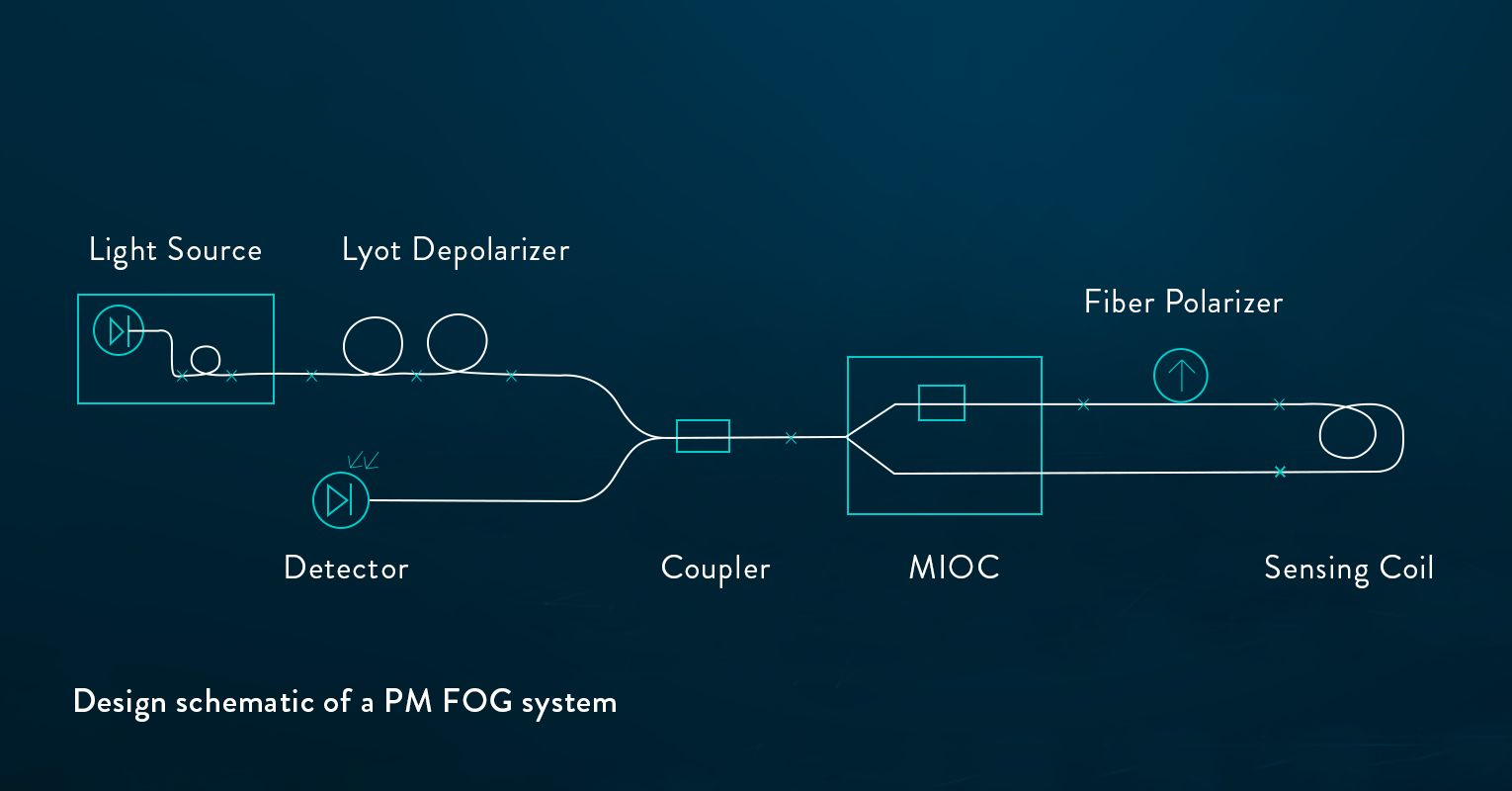Categories
New Products
LDC-100 Large Diameter Optical Fiber Cleaver * Applicable to cladding diameter 80μm~1250μm fibers * Vacuum pump V-groove convenient to put fiber * Durable blade, lifetime more than 20000 times * Data storage 4000 groups * User friendly GUI menu, easy to operate more
S-22 Multi-Core Fiber Fusion Splicer The 1st Fully Automatic Multi-core Fiber Fusion Splicer in China more
Polarization Maintaining (PM) Fiber Fusion Splicer S-12 *Suitable for SM/MM/PM fibers splicing * Core to core alignment, low splicing loss * Endview and Profile observation and alignment * Arc automatic calibration and splicing * PM fiber 45 and 90 degree alignment * Applicable to variety fibers splicing, such as Panda ,bow-tie and elliptical fiber more
S-37 LDF Speialty Fiber Fusion Splicer SHINHO S-37 is the latest model we developed, it could splice fiber cladding diameter from 125 to 680μm with low splice loss. We equipped the machine with 3 different fiber holders, and 2 pairs of spare electrodes. more
Core to Core Alignment Fiber Fusion Splicer X900 Six motors fusion splicer, real core to core alignment technology. Typical splicing time: 6-12 seconds, fast splicing 6 seconds Typical heating time: 18s heating, identify fiber types automatically. Typical splice loss:G651: 0.01dB; G652: 0.02dB; G653: 0.04dB; G654: 0.04dB; G.655:0.04dB; G657:0.02dB. Battery Capacity: 5200mAh Li-battery, typical 300 cycles splicing and heating. Used for WAN/ MAN/ Telecommunication projects. more
Robust Multi Function ARC Fusion Splicer S16 76cm dropping anti-shock, IP5X dustproof and IPX2 water resistant Touch screen display, combined with keypad operation Multi function holder for bare fiber, patch cords, drop cable etc. Fast splicing and heating, automatic ARC calibration. more
SHINHO X-18 Ribbon Fiber Thermal Stripper Shinho X-18 Thermal Stripper is a newly developed hand-held thermal stripper, specially designed for nondestructive thermal stripping of the jacket of ribbon cable up to 12 fibers. A good and reliable tool for ribbon fiber splicing work. more
High Precision Fiber Optic Cleaver X-50D Small size& light weight, easy to operate. High precision and stable performance. More than 48000 time blade life,fiber cleaved length 5~20mm. High quality material more
Fusion splicer using in fiber optic gyroscope(FOG)
Fusion splicer is more and more important in production of Fiber optic gyroscope(FOG).But do you know what is the method of Fiber optic gyroscope?
Fiber optic gyroscope is based on Sagnac effect, that is, after the light wave propagating in the opposite direction along the closed optical path returns to the initial point of interference, the phase difference of the interference signal is proportional to the input angular velocity of the sensitive axis of the closed optical path.
The optical path of an interferometric fiber optic gyro is shown below. It consists of a light source, a detector, a beam splitter, a collimating lens, and an optical fiber coil.
The light wave emitted from the light source is divided into two beams by the beam splitter. One beam transmitted by the beam splitter is coupled into the optical fiber coil through the collimator lens and then propagated clockwise. The other beam is transmitted by the optical fiber coil after being collimated through the collimator lens.
The other beam is reflected by the beam splitter and then coupled into the optical fiber coil through the collimator lens and then propagated counterclockwise. After exiting from the optical fiber coil, the beam is collimated through the collimator lens and reflected by the beam splitter.
The intensity of the interference signal varies with the change of the input angular velocity in the normal direction of the fiber coil. The change of the input angular velocity can be obtained by detecting the intensity change of the interference signal through the detector. Based on Sagnac effect, the light wave propagating in the opposite direction along the closed optical path returns to the initial point after interference. The phase difference of the interference signal is proportional to the input angular velocity of the sensitive axis of the closed optical path.
The optical path of an interferometric fiber optic gyro is shown in Figure 1-2. It consists of a light source, a detector, a beam splitter, a collimating lens, and an optical fiber coil.
The light wave emitted from the light source is divided into two beams by the beam splitter. One beam transmitted by the beam splitter is coupled into the optical fiber coil through the collimator lens and then propagated clockwise. The other beam is transmitted by the optical fiber coil after being collimated through the collimator lens.
The other beam is reflected by the beam splitter and then coupled into the optical fiber coil through the collimator lens and then propagated counterclockwise. After exiting from the optical fiber coil, the beam is collimated through the collimator lens and reflected by the beam splitter.
The intensity of the interference signal varies with the change of the input angular velocity in the normal direction of the optical fiber coil. The change of the input angular velocity can be obtained by detecting the intensity change of the interference signal through the detector.
In below Image you can find there are around 10 splicing points in a FOG system. A good PM fusion splicer could offer best splicing performance to keep the whole system at a hight level.Shinho S-12PM fiber fusion splicer has the autmatic alignment and splicing system with high ER performance. ER for PM980 splicing could be -33dB.

Previous :
Fiber To The Home – FTTHNext :
Spring Festival Holiday Notice© Copyright: SHINHO OPTICS LIMITED All Rights Reserved.